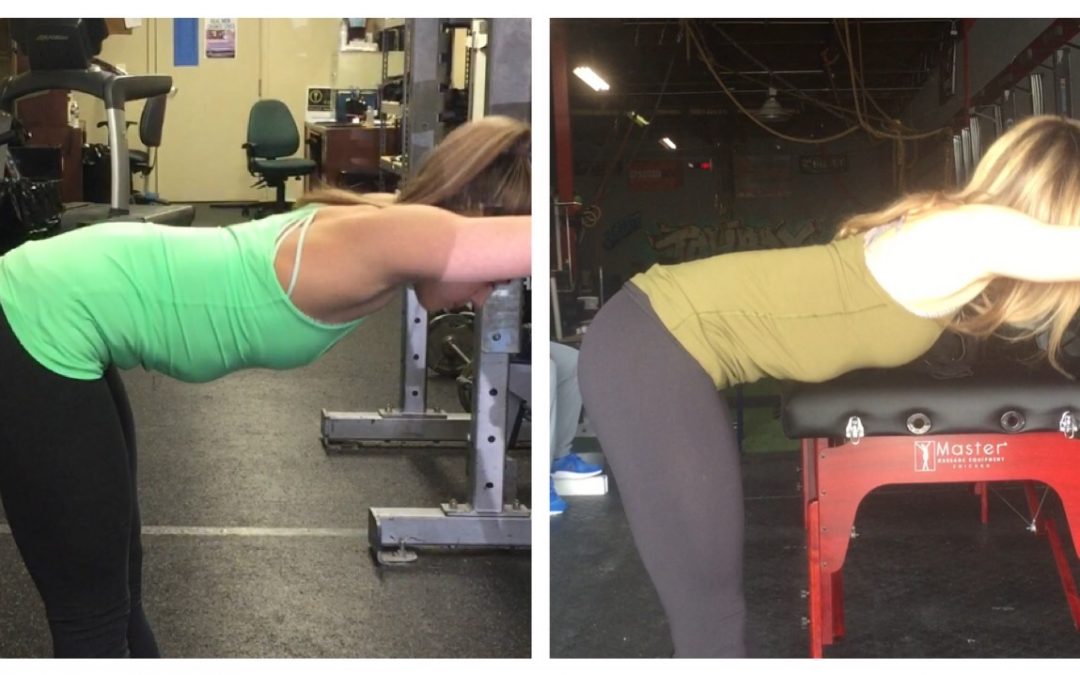Check out how BKE Integration helped this athlete with her ability to arch the lower back while in hip flexion. What worked? Not stretching or any flexibility or mobility or soft tissue techniques. It came down to training her hamstrings to “load” or contract and stabilize her pelvis while moving into forward pelvic tilt.
If you have a bio mechanical issue that appears to be lack of flexibility, it might not be your flexibility at all, but instead a “loading” issue. This occurs when your kinetic chain has a weakness in a specific range of motion. The muscles involved do not have the ability to support or stabilize your structure while in this position. They might be incredibly powerful in other ranges of the same movement, but incredibly weak in these few specific degrees.
The featured athlete here grew up as a dancer and later transitioned into powerlifting. During her deadlift, she experienced a rounding of her lower back and couldn’t figure out why. As a dancer, she was taught to always keep her upper body vertical, so she did not spend much time in a position of hip flexion. The end range of hip flexion remained weak since it was rarely used. In the hip flexion position of the deadlift, her hamstrings would not support her pelvis in an anterior tilt position, thus creating a “neurological tightness”. Her pelvis would not tilt forward far enough so that she could maintain extension in the lumbar spine during the deadlift. We fixed it with a series of exercises to train her hamstrings in that specific position. We had to teach them how to work in that range by using extremely low loads and working up as they started to activate.


